Subletting Your Living Room: What You Need to Know
If you're looking to make some extra cash or save on rent, subletting your living room may seem like a tempting option. However, before you jump into this arrangement, it's important to know the ins and outs of subletting and what it means for you as a tenant.
Subletting, also known as subleasing, is when a tenant rents out a portion of their leased space to another person. This can include a room, part of a room, or even an entire apartment or house. In this article, we'll explore the topic of subletting your living room and provide you with all the information you need to make an informed decision.
How to Sublet Your Living Room and Make Extra Cash
One of the main reasons people choose to sublet their living room is to make extra money. If you have a spare room or an unused living area, subletting can be a great way to generate some additional income. However, there are a few things you should keep in mind before deciding to sublet.
Firstly, check your lease agreement to see if subletting is allowed. Some landlords may have restrictions on subletting, so it's important to get their permission before proceeding. Next, consider the market rate for similar living spaces in your area to determine how much you can charge for rent. It's also essential to carefully screen potential subletters to ensure they are responsible and reliable.
Subletting Your Living Room: A Guide for Tenants
If you're considering subletting your living room, it's crucial to understand your rights and responsibilities as a tenant. As the primary leaseholder, you are still responsible for the overall rent and any damages caused by your subletter. It's important to have a written agreement with your subletter outlining the terms of the sublease and their responsibilities as a tenant.
You should also check with your landlord or property manager to see if there are any specific rules or regulations regarding subletting. Additionally, make sure to inform your landlord of your plans to sublet and provide them with all the necessary information, such as the subletter's name and contact information.
Can You Sublet Your Living Room? Here's What You Need to Know
Before making the decision to sublet, it's essential to understand the potential risks and challenges that come with this arrangement. Firstly, if your subletter fails to pay rent or causes damage to the property, you are still responsible for addressing these issues with your landlord.
Additionally, subletting your living room may not be allowed in some rental units, so make sure to check your lease agreement carefully. It's also important to be mindful of any local laws or regulations that may apply to subletting. If you're unsure about the legality of subletting in your area, consult with a lawyer or your landlord.
Subletting Your Living Room: Tips and Tricks for Success
Subletting can be a great way to make extra money, but it's essential to do it right to avoid any potential problems. Here are a few tips and tricks to help you have a successful subletting experience:
1. Screen your potential subletters carefully: It's important to find responsible and reliable subletters to avoid any issues down the road.
2. Have a written agreement: This should include the terms of the sublease, the rent amount, and the responsibilities of the subletter.
3. Keep your landlord informed: Make sure to inform your landlord of your plans to sublet and provide them with all necessary information.
4. Be clear about rules and expectations: Let your subletter know about any rules or expectations for living in your space, such as cleaning schedules or noise restrictions.
5. Keep communication open: Regularly check in with your subletter to ensure everything is going smoothly and address any issues that may arise.
Subletting Your Living Room: Pros and Cons to Consider
As with any rental arrangement, there are both advantages and disadvantages to subletting your living room. On the plus side, you can make extra money and potentially save on rent. It can also be a great way to meet new people and have someone to share household responsibilities with.
However, there are also potential downsides to consider, such as the added responsibility of managing a subletter, the risk of not being able to fill the space, and the potential for conflicts with your subletter. It's important to weigh these factors carefully before deciding if subletting is the right choice for you.
How to Sublet Your Living Room Without Breaking Your Lease
Breaking your lease agreement can have serious consequences, so it's crucial to find ways to sublet your living room without violating your lease. Firstly, make sure to get your landlord's permission and carefully follow any guidelines or restrictions they have in place.
It's also important to have a written agreement with your subletter and clearly outline their responsibilities. Make sure to also keep up with your rent payments and address any issues with your subletter promptly to avoid any potential problems with your landlord.
Subletting Your Living Room: Legal Considerations to Keep in Mind
Before subletting your living room, it's essential to understand the legal implications of this arrangement. As the primary leaseholder, you are still responsible for the overall rent and any damages caused by your subletter.
You should also make sure to have a written agreement with your subletter that outlines their responsibilities and follow all local laws and regulations regarding subletting. If you have any concerns or questions, it's always best to consult with a lawyer or your landlord.
Subletting Your Living Room: A Step-by-Step Guide
To make the process of subletting your living room smoother, here is a step-by-step guide to follow:
Step 1: Check your lease agreement: Make sure subletting is allowed and follow any guidelines or restrictions set by your landlord.
Step 2: Determine the market rate: Research the rental rates for similar living spaces in your area to determine how much you can charge for rent.
Step 3: Find a subletter: Advertise your sublet and carefully screen potential subletters.
Step 4: Get permission from your landlord: Inform your landlord of your plans to sublet and provide them with all necessary information.
Step 5: Have a written agreement: Create a written agreement with your subletter that outlines the terms of the sublease and their responsibilities.
Step 6: Keep communication open: Regularly check in with your subletter and address any issues that may arise.
Can You Sublet Your Living Room? Understanding Your Lease Agreement
In conclusion, subletting your living room can be a great way to make extra money or save on rent. However, it's crucial to understand your lease agreement, get permission from your landlord, and follow all legal considerations before proceeding. By following the tips and guidelines outlined in this article, you can have a successful subletting experience without breaking your lease.
The Benefits of Subleasing Your Living Room

Unlock Extra Income
 Wondering if you can make some extra cash by subleasing your living room? The answer is yes! By renting out your living room, you can tap into a new stream of income that can help cover your monthly rent or even provide some extra spending money. With the rising cost of living, it's becoming increasingly popular for individuals to sublease their living spaces. And if you're someone who loves to travel or take extended trips, subleasing your living room can be a great way to cover your expenses while you're away.
Wondering if you can make some extra cash by subleasing your living room? The answer is yes! By renting out your living room, you can tap into a new stream of income that can help cover your monthly rent or even provide some extra spending money. With the rising cost of living, it's becoming increasingly popular for individuals to sublease their living spaces. And if you're someone who loves to travel or take extended trips, subleasing your living room can be a great way to cover your expenses while you're away.
Maximize Your Space
 Subleasing your living room
is a smart way to maximize your living space. If you have a large living room that's not being fully utilized, renting it out can help you make the most of your square footage. This is especially beneficial for those living in high-rent areas where every inch counts. By converting your living room into a subletting space, you can create a separate, private area for your tenant while still maintaining your own personal space in the rest of the house.
Subleasing your living room
is a smart way to maximize your living space. If you have a large living room that's not being fully utilized, renting it out can help you make the most of your square footage. This is especially beneficial for those living in high-rent areas where every inch counts. By converting your living room into a subletting space, you can create a separate, private area for your tenant while still maintaining your own personal space in the rest of the house.
Find a Compatible Tenant
 One of the biggest concerns when subleasing your living room is finding the right tenant. However, with the rise of popular room-sharing platforms like Airbnb and Craigslist, it's easier than ever to connect with potential renters. These platforms allow you to set your own rental terms, screen potential tenants, and read reviews from other hosts. By doing your due diligence and thoroughly vetting potential renters, you can find a compatible tenant who will respect your space and abide by your rules.
One of the biggest concerns when subleasing your living room is finding the right tenant. However, with the rise of popular room-sharing platforms like Airbnb and Craigslist, it's easier than ever to connect with potential renters. These platforms allow you to set your own rental terms, screen potential tenants, and read reviews from other hosts. By doing your due diligence and thoroughly vetting potential renters, you can find a compatible tenant who will respect your space and abide by your rules.
Enjoy a Temporary Companion
 Subleasing your living room can also provide you with a temporary companion. As humans, we crave social interaction and subletting your living room can be a great way to meet new people and make new connections. You can even set boundaries with your tenant to ensure that you have your own personal space and time, while still enjoying the company of someone else in your home. It's a win-win for both parties involved.
Subleasing your living room can also provide you with a temporary companion. As humans, we crave social interaction and subletting your living room can be a great way to meet new people and make new connections. You can even set boundaries with your tenant to ensure that you have your own personal space and time, while still enjoying the company of someone else in your home. It's a win-win for both parties involved.
Conclusion
 Subleasing your living room can be a great way to unlock extra income, maximize your living space, find a compatible tenant, and enjoy a temporary companion. By following the necessary steps and doing your research, you can successfully sublet your living room and reap the benefits. So, if you're considering subleasing your living room, don't hesitate to take the leap and see how it can benefit you.
Subleasing your living room can be a great way to unlock extra income, maximize your living space, find a compatible tenant, and enjoy a temporary companion. By following the necessary steps and doing your research, you can successfully sublet your living room and reap the benefits. So, if you're considering subleasing your living room, don't hesitate to take the leap and see how it can benefit you.












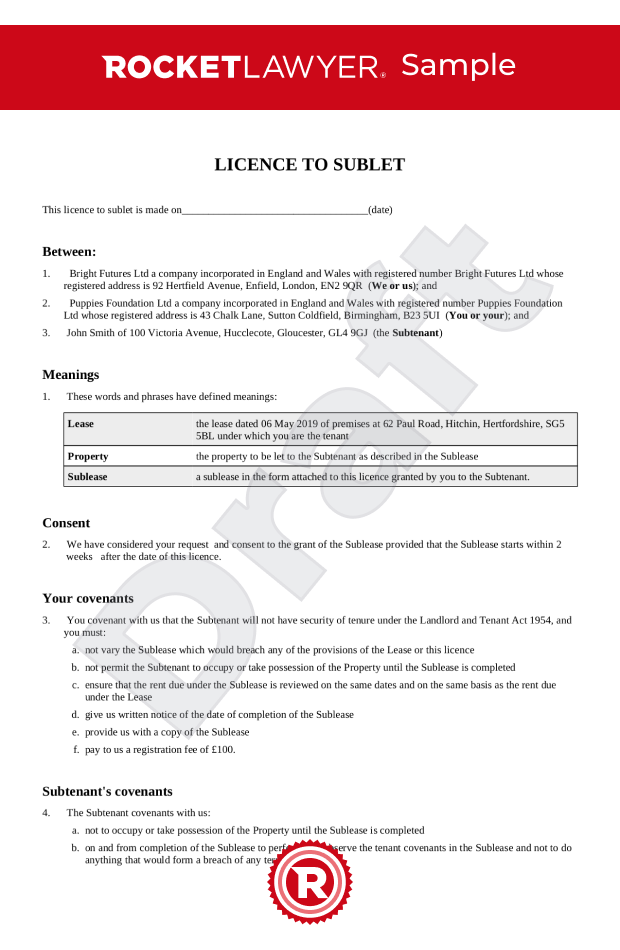











:max_bytes(150000):strip_icc()/living-room-area-rugs-1977221-e10e92b074244eb38400fecb3a77516c.png)
























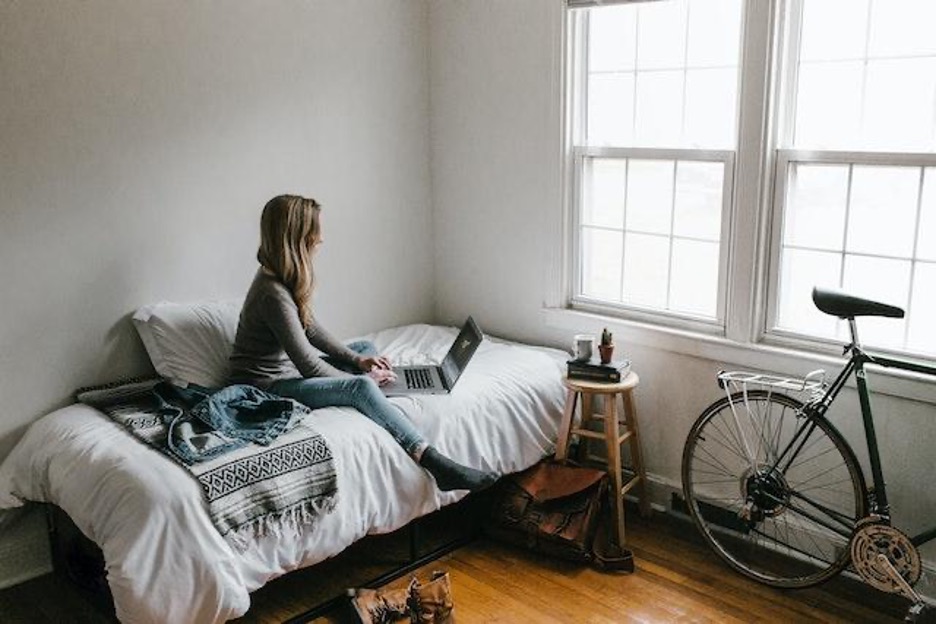




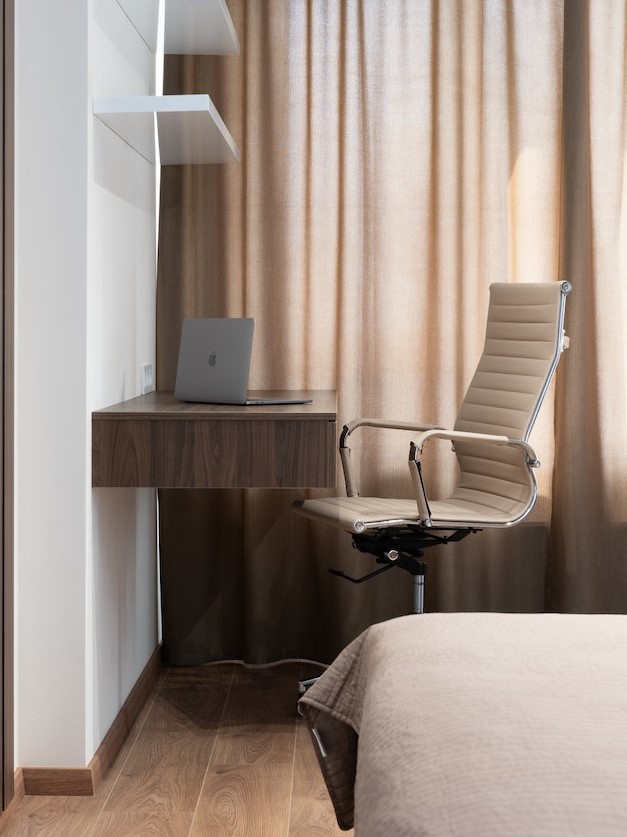



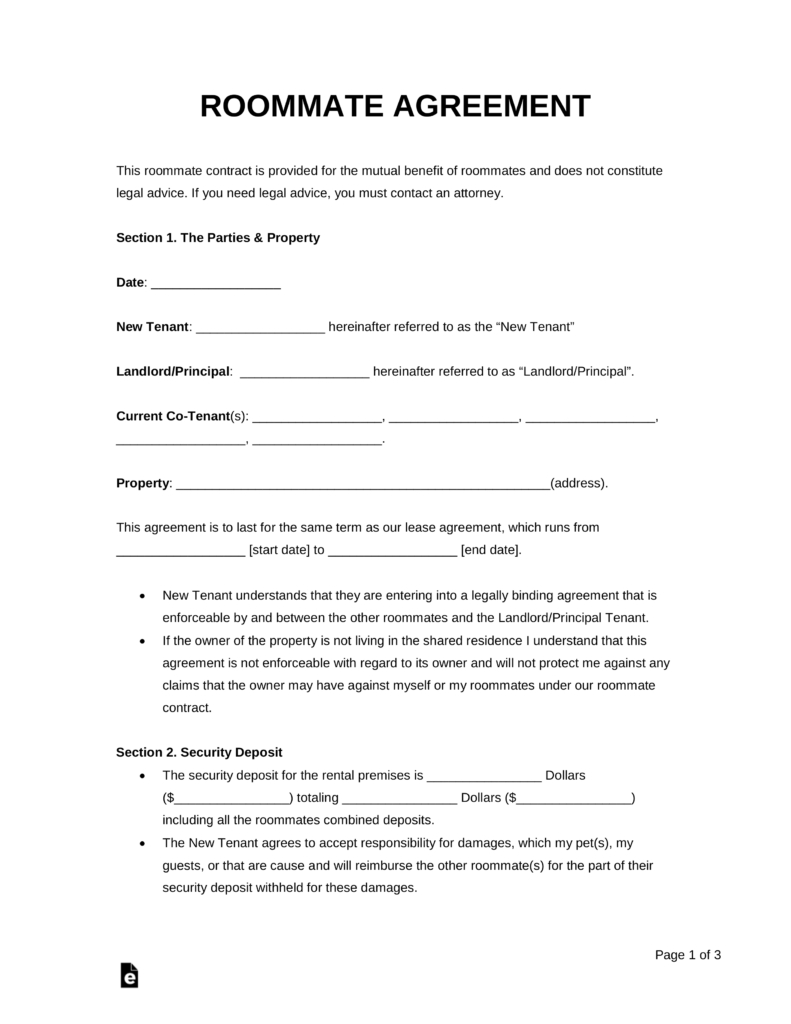








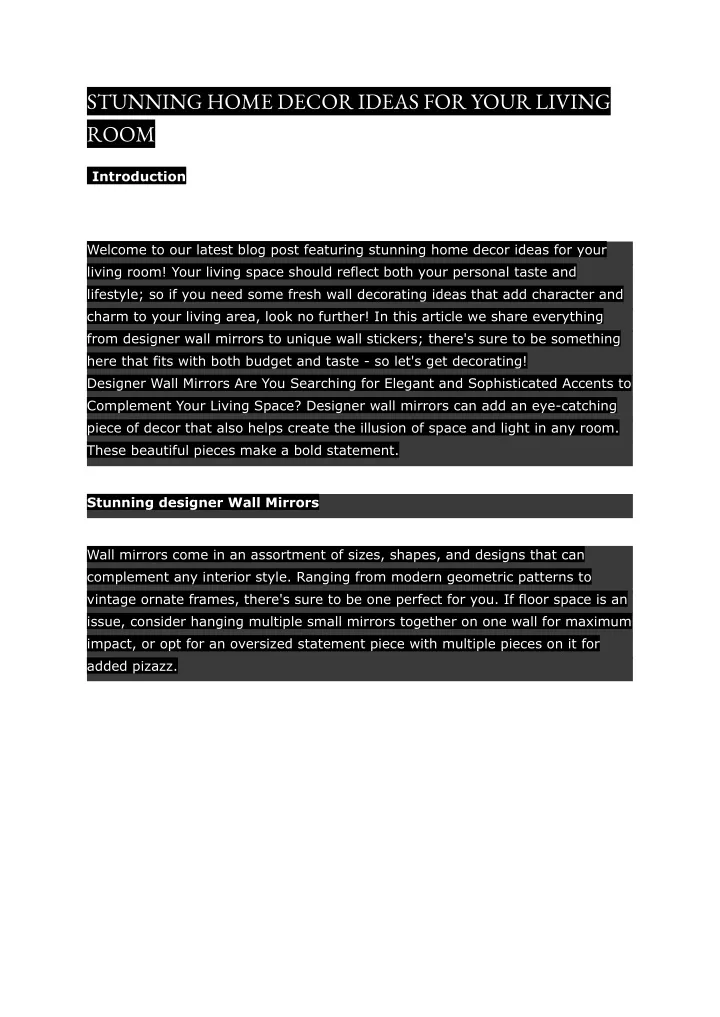
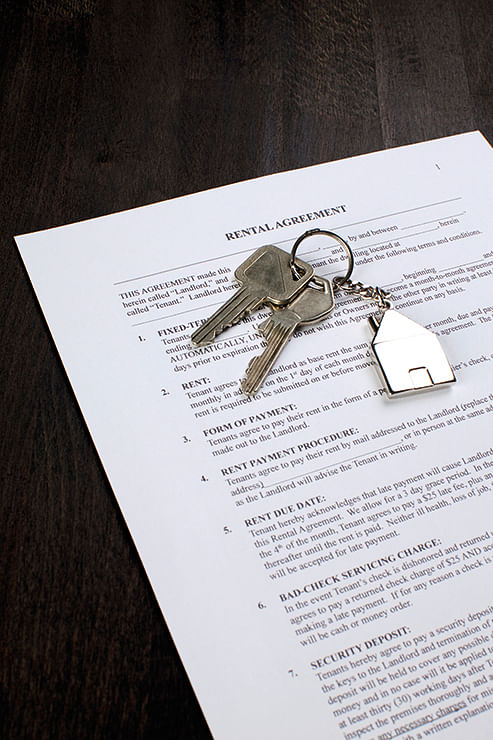

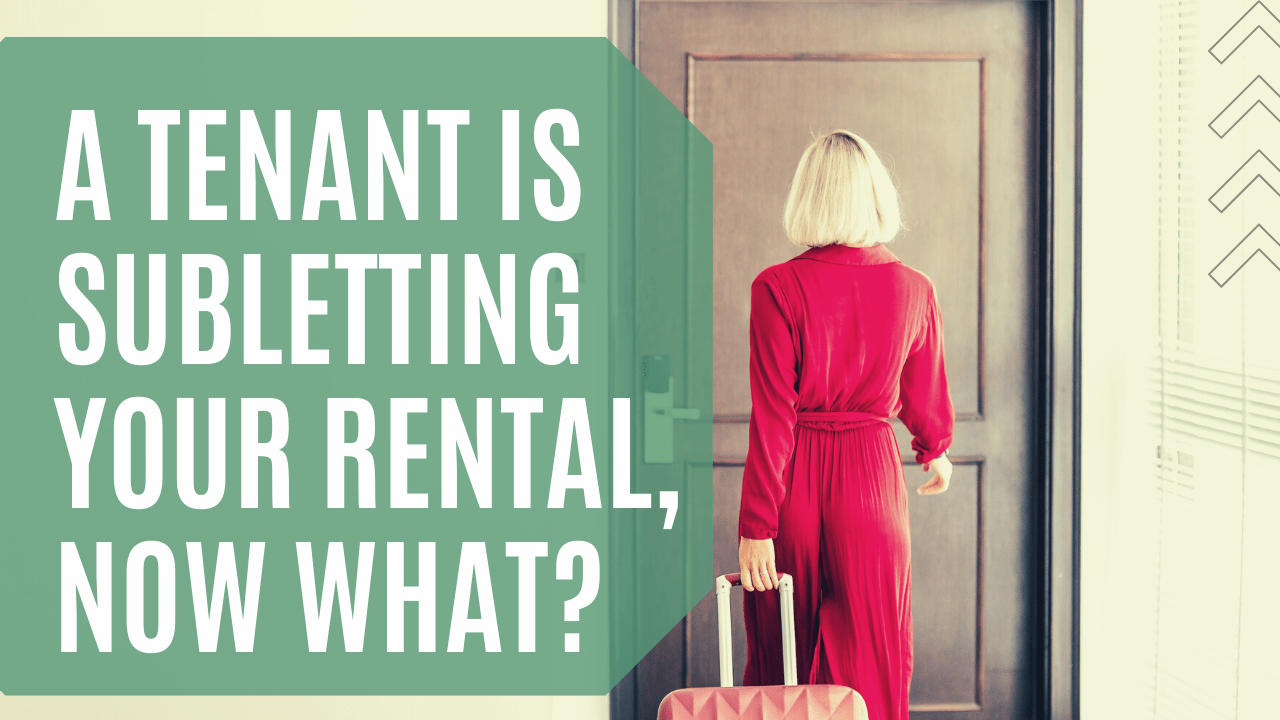




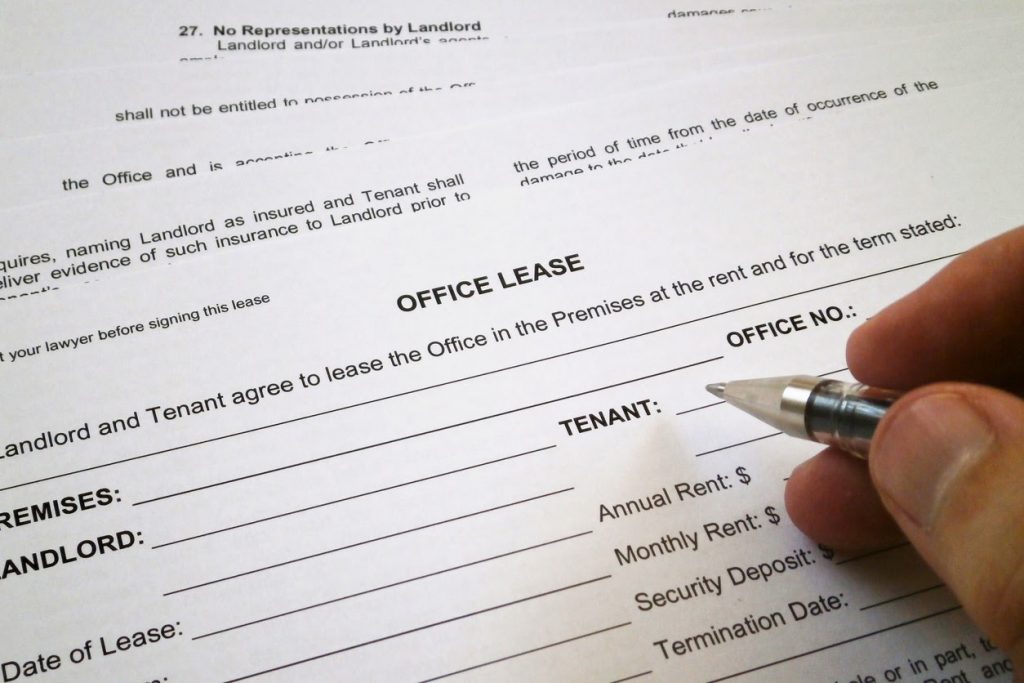
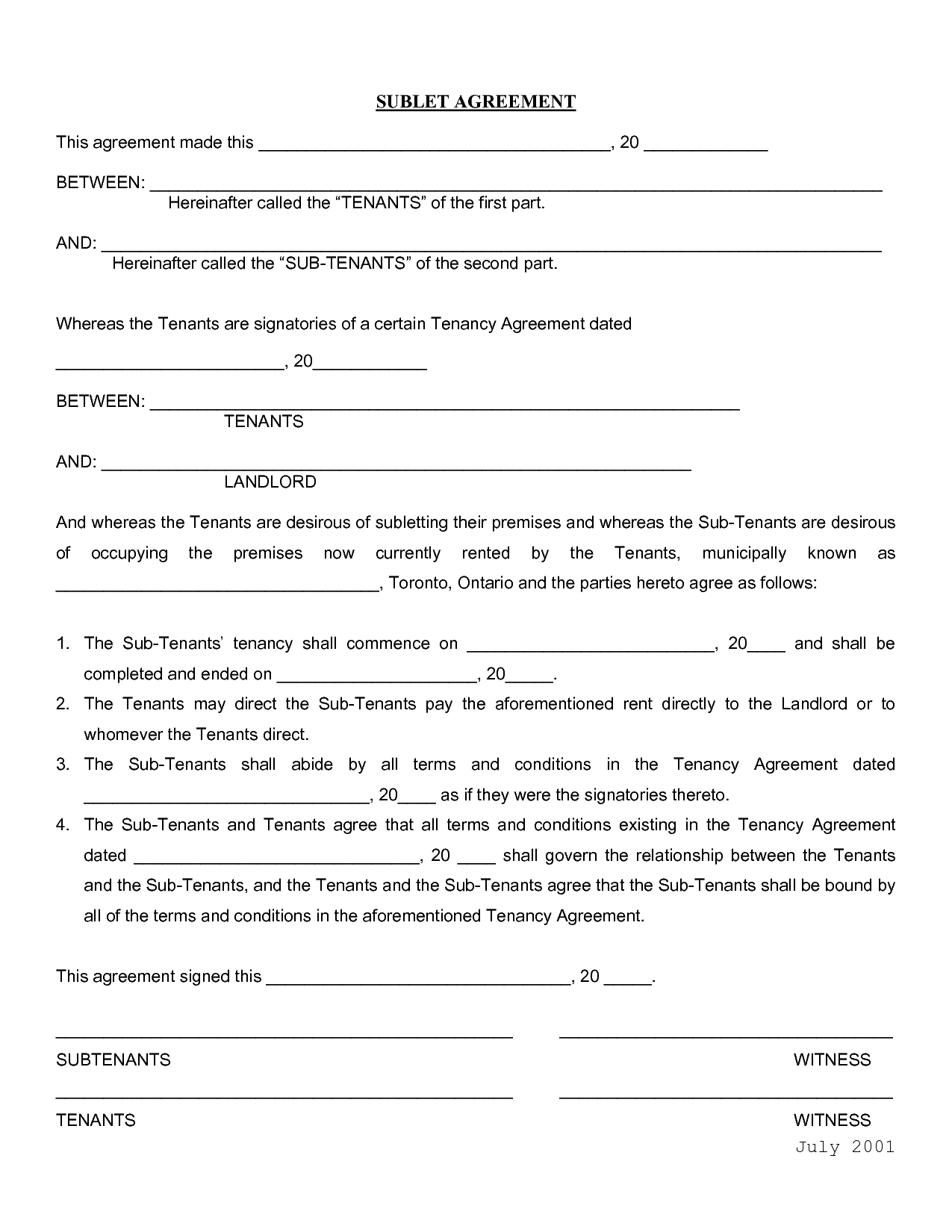
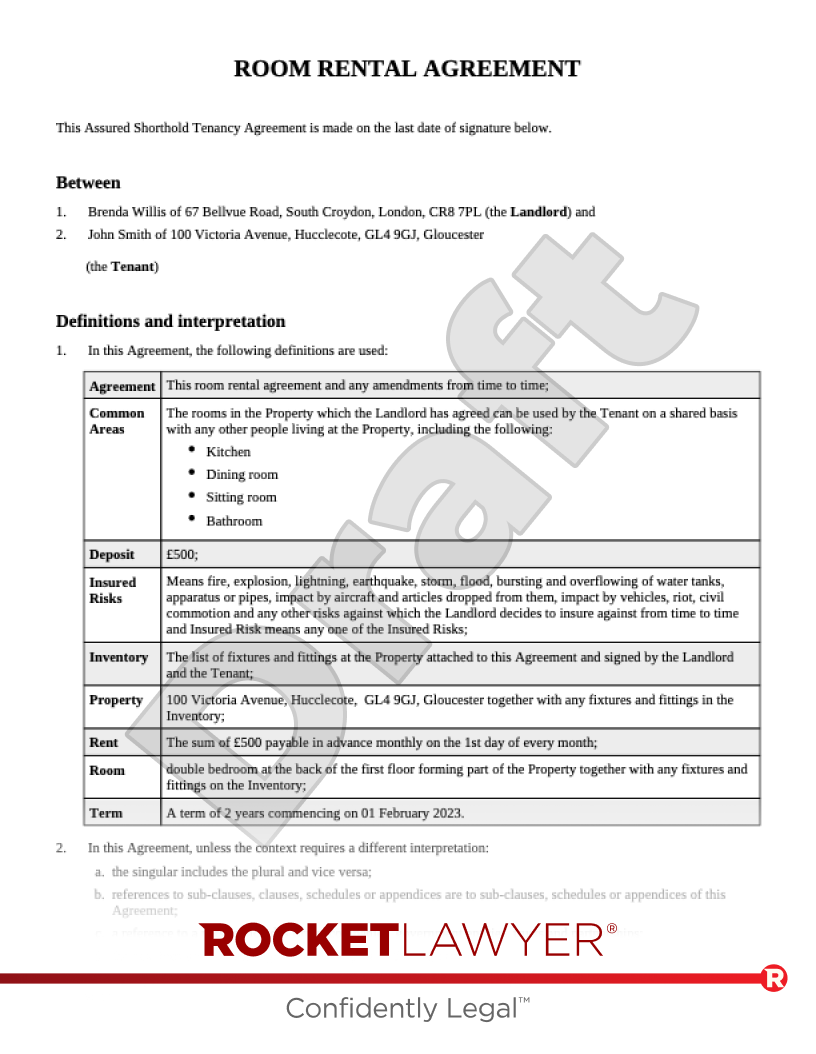
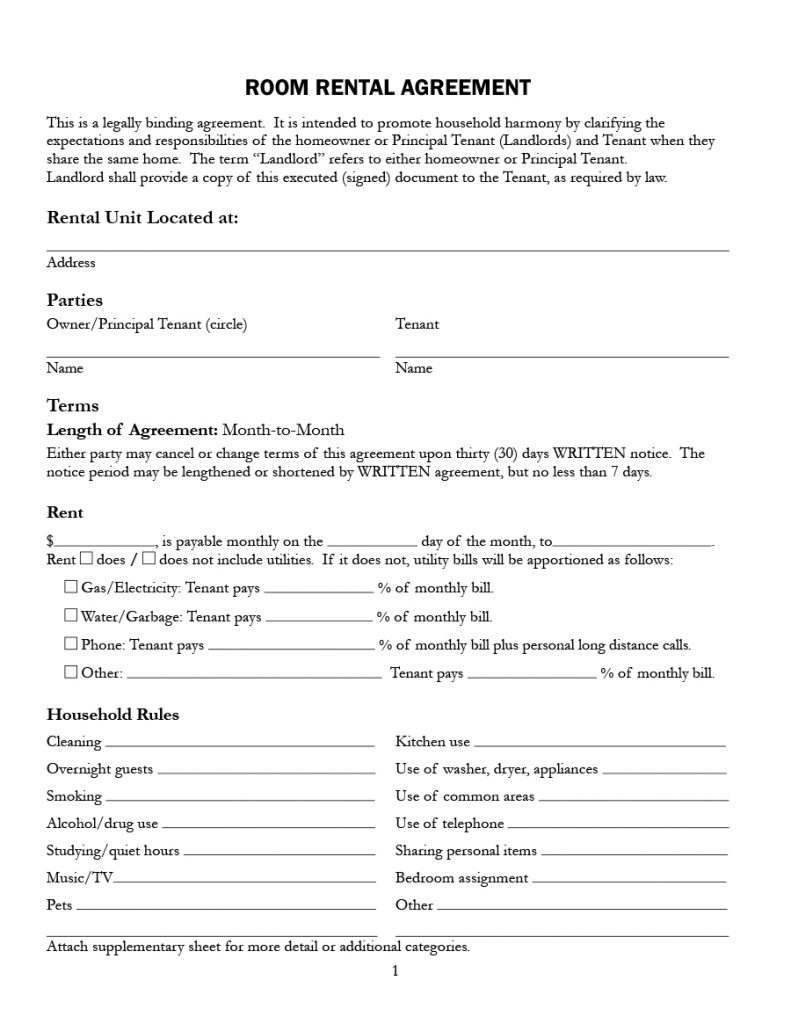




:max_bytes(150000):strip_icc()/lease-Final-743e923121a7434380d61e3f1c90a6d1.jpg)









